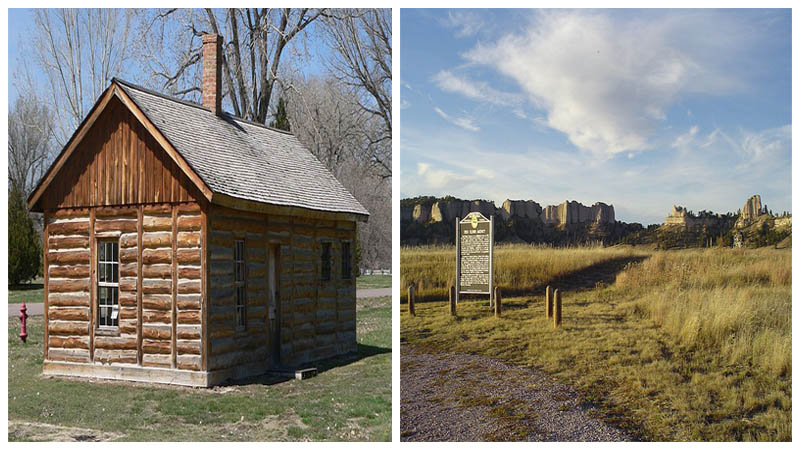Although over the years Fort Robinson was continually expanded, its beginnings were humble. It was initially a simple encampment, erected in 1874, on the northwestern borders of Nebraska. Its purpose was to protect the Indian agencies. The fort was named in honor of Lieutenant Levi Robinson, who lost his life in February that same year.
The fate of the Red Cloud Agency was such that they were relocated three times. However, its protector Camp Robinson, as it was then called, never changed location. It was renamed Fort Robinson four years after it was established. One year earlier, in 1877, a major event took place at the site. On September 5th, the famed Sioux warrior, White Horse, was killed after refusing to be arrested.
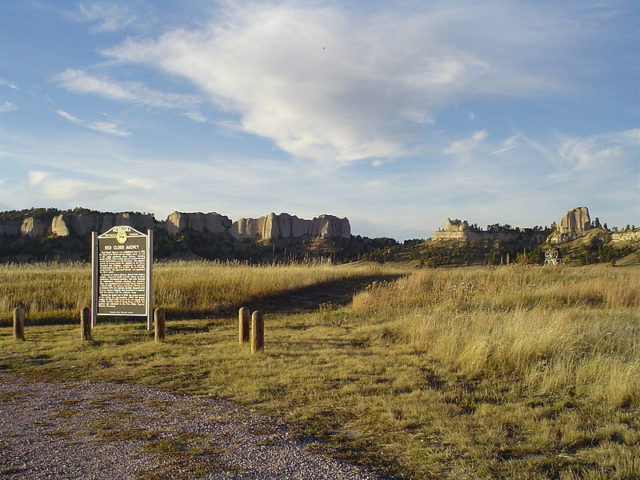
Another notable event that took place in 1879 is known as the Fort Robinson Massacre. A great number of Indians from the Cheyenne tribe were killed.
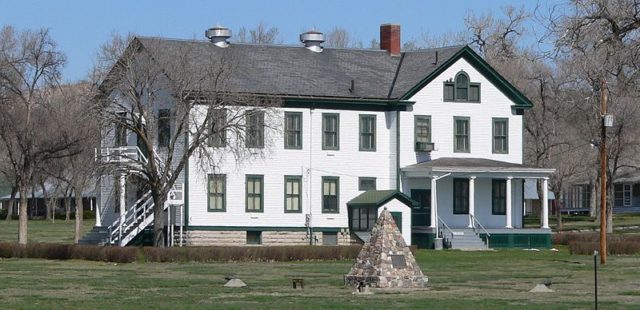
The industrial revolution gave birth to the steam engine and that in return gave to the world the locomotive. The construction of railroads increased the economies of many countries. One such railroad was the Fremont, Elkhorn & Missouri Valley Railroad.
This railroad was one of the main reasons Fort Robinson went through its first major expansion. It was also one of the main reasons the fort was around for such a long period.
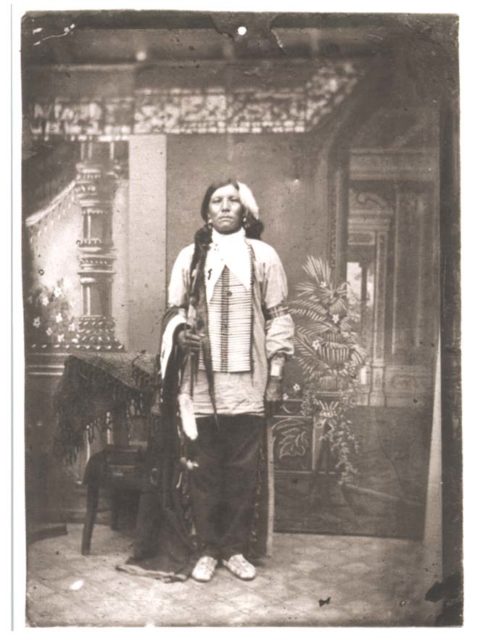
In 1885, the fort underwent an important change: the first African American soldier arrived. During the 1900s, African American soldiers were the majority at the fort.
It managed to survive the American Civil War but was somewhat abandoned once the world got engulfed in the First World War. There was no need for it as it was far from the battlefields.
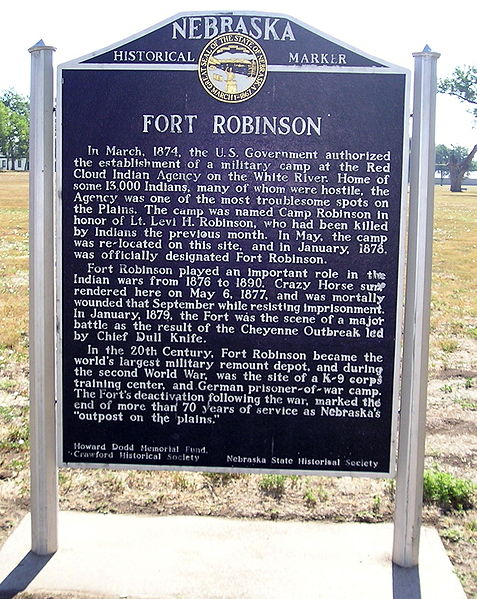
Once the war was over, it received a new role as a quartermaster remount depot, supplying the U.S. Army with animals and equipment. It received yet another role during the Second World War. During this period, it served as a training ground for the K-9 Corps, although not throughout the whole period.
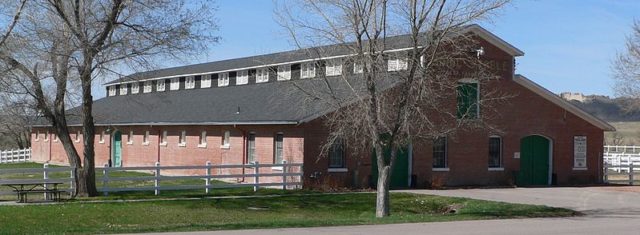
At one point, Fort Robinson took on the role of a prisoner-of-war camp for German Nazis. It also retained its role as a horse training and breeding ground. According to researchers, there was a herd of 12,000 horses on the site in 1943 and 10,000 mules passed through its grounds during World War Two.
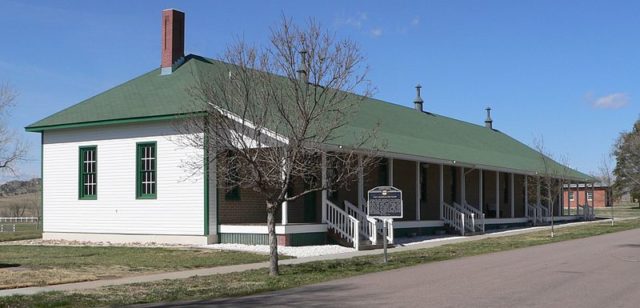
14,000 dogs were trained at Fort Robinson for the purposes of the U.S. Army. Dogs for civilian use were also trained here. The U.S. Army left the site two years after the Second World War. With no military presence, it became a research station.
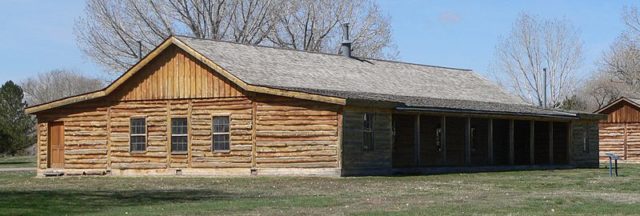
In its latest guise, it remained in use until the 1970s even though partial demolition of some of its structures took place during the 1950s. In 1956, a museum was added to the site in an attempt to preserve it. The museum was opened by the Nebraska State Historical Society.
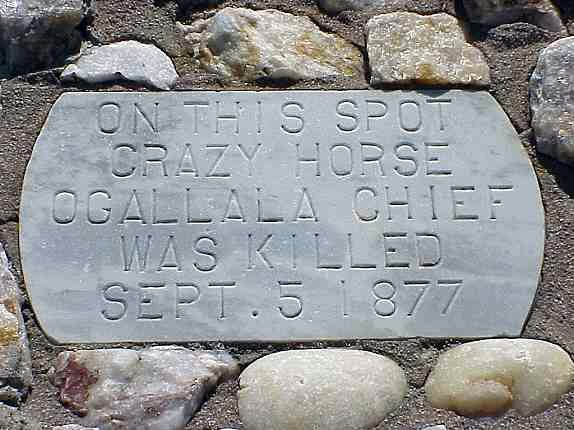
The Nebraska Game and Parks commission opened Fort Robinson State Park that same year. The U.S. Department of Agriculture, who was in charge of the research station, left the fort in 1971. Today, Fort Robinson State Park spreads across 22,000 acres of land and is filled with old western history, longhorn heard, and buffalos.
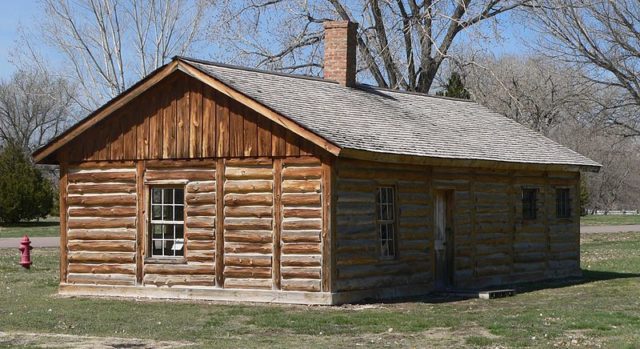
Thousands of people come here each year to visit the place where Sioux Chief Crazy Horse was killed or simply to enjoy the surroundings of Pine Ridge. Tourists can rent the cabins that were once used by U.S. soldiers.
